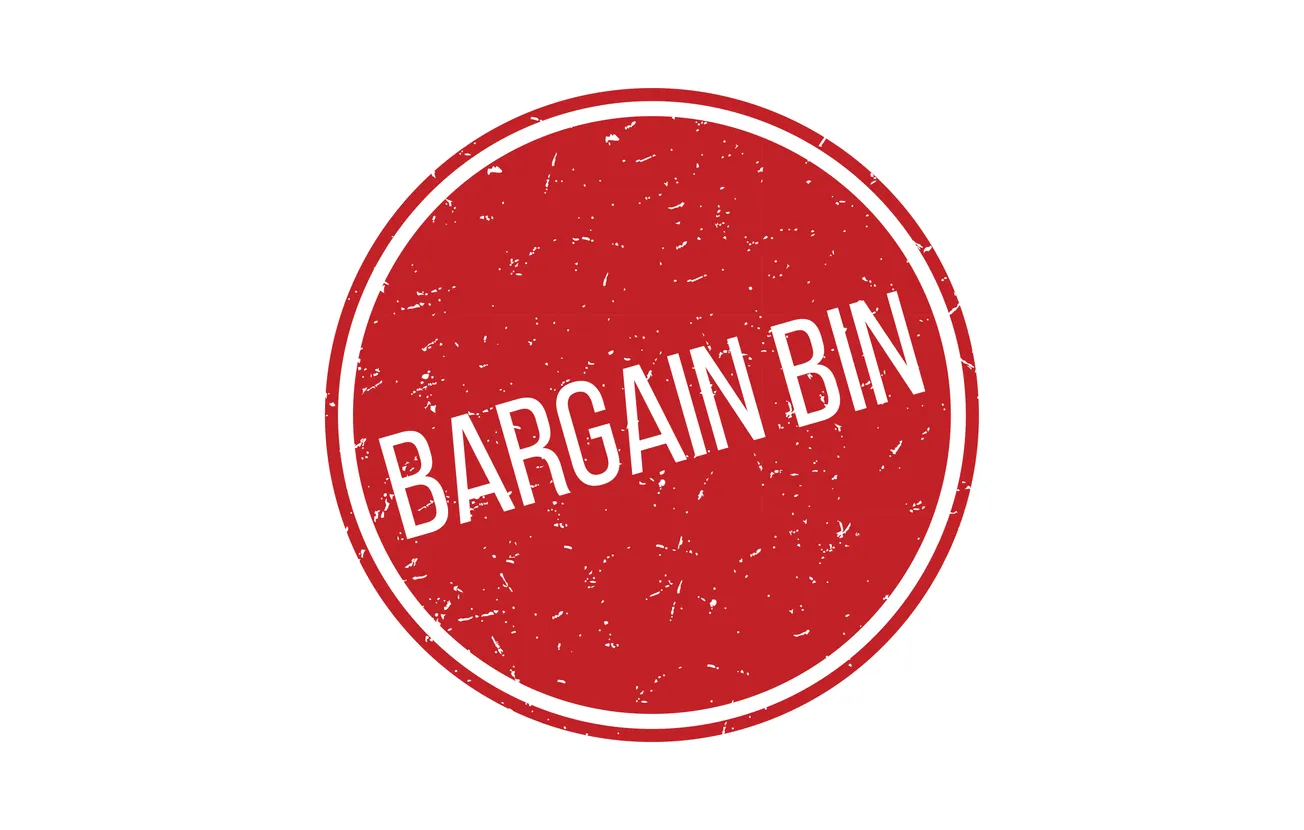As inflation continues to reshape spending habits across the U.S., a surprising new consumer trend is emerging: wealthier Americans are increasingly turning to discount retailers like Walmart, Dollar Tree, and Dollar General.
Once regarded primarily as shopping destinations for low- and middle-income households, these chains are now seeing a steady influx of customers from higher income brackets—a shift that is redefining the retail landscape.
Wealthier Consumers Drive Growth at Walmart
Walmart, the nation’s largest retailer by revenue, is experiencing a notable transformation in its customer demographics.
Recent company earnings reveal that approximately 30% of Walmart’s shoppers now come from households earning more than $100,000 annually. The Bentonville, Arkansas-based retail giant credits much of its recent U.S. market share gains to this segment.
Executives point to multiple factors driving this trend. One is Walmart’s sustained investment in digital infrastructure, including its Walmart+ membership program, which offers perks like free shipping, fuel discounts, and video streaming. These services appeal to time-strapped professionals and suburban families who seek both convenience and savings.
Additionally, the company’s private-label product expansion has allowed wealthier consumers to find quality alternatives at lower price points, further bolstering its appeal.
Walmart has also leaned into grocery offerings—a sector heavily affected by food inflation—making it a value-driven choice for families looking to economize without sacrificing brand selection or quality.
Dollar Stores Attract an Unexpected Demographic
The shift is perhaps more striking at discount chains like Dollar Tree and Dollar General, which have long catered to rural and lower-income communities.
These companies are now reporting a surge in patronage from higher-income households, driven by both price sensitivity and convenience.
In its first quarter of 2025, Dollar Tree reported the addition of 2.6 million new customers, with a large portion of those from households earning more than $100,000 annually. The chain, which operates under both its namesake brand and the Family Dollar banner, has adapted to this new clientele by implementing a “multi-price strategy.”
This shift includes offering items priced well above the traditional $1 threshold—some as high as $7—expanding their appeal to customers seeking affordable variety rather than just rock-bottom pricing.
Dollar General, which operates over 19,000 stores nationwide, echoed this shift. CEO Todd Vasos said the company has seen a notable increase in what he calls “trade-in customers”—those who typically shop at more premium retailers but are now choosing Dollar General to stretch their budgets.
The retailer has also invested in store remodels, expanded its selection of fresh produce and health items, and improved its digital shopping capabilities, all of which contribute to its broader appeal.
Inflation, Tariffs, and the Economics of Value
This demographic realignment is not occurring in a vacuum. The U.S. economy has faced persistent inflationary pressures over the past two years, with core consumer prices still running higher than Federal Reserve targets.
Recent tariff expansions on Chinese imports have further raised the costs of many consumer goods. These combined pressures are encouraging even affluent consumers to seek more value-conscious options.
Retail analysts describe this phenomenon as “trading down,” where shoppers—regardless of income—shift from premium to more affordable retail outlets.
This is a marked shift from pre-pandemic patterns, when higher-income consumers were more likely to spend freely at premium grocers, department stores, and boutique shops. Now, economic uncertainty and evolving attitudes toward frugality are reshaping those habits.
Changing Perceptions of Discount Retail
In parallel with these economic shifts is a cultural change in how discount shopping is perceived.
What was once seen as a necessity born of financial hardship is now viewed as a smart, strategic choice—even a badge of honor among budget-savvy consumers.
Social media platforms like TikTok and Instagram are filled with “deal hauls” from Walmart and Dollar Tree, where influencers share the best bargains in home goods, snacks, and personal care items.
These viral trends have helped destigmatize shopping at discount retailers, turning frugality into a form of social currency.
Retailers are capitalizing on this trend. Many have upgraded store layouts, improved product presentation, and increased the availability of recognizable national brands to attract discerning shoppers who may have previously avoided the dollar store aisle.
Retail Strategies Shift to Meet New Demands
The retail industry is taking note of this demographic evolution. Walmart has rolled out more high-end private labels, expanded grocery delivery, and invested in tech-enabled convenience to compete not only with discount stores but also with companies like Amazon and Target.
Dollar Tree, meanwhile, is testing Dollar Tree Plus sections that offer higher-value merchandise, while Dollar General continues its push into suburban markets with its DG Market format.
These efforts reflect a larger trend: the blurring of traditional income-based retail segmentation. Today’s consumers are fluid in their preferences, willing to shop high or low depending on value, quality, and convenience. This means discount retailers are no longer just recession-proof—they’re becoming wealth-proof, too.
What This Means for the Broader Market
As wealthier shoppers embrace discount retail, mid-tier and specialty retailers could face increased pressure to differentiate themselves. Analysts warn that retailers caught in the middle—those without either deep discounts or strong premium branding—may struggle to retain customers.
For now, the winners are the stores that can deliver perceived value.










